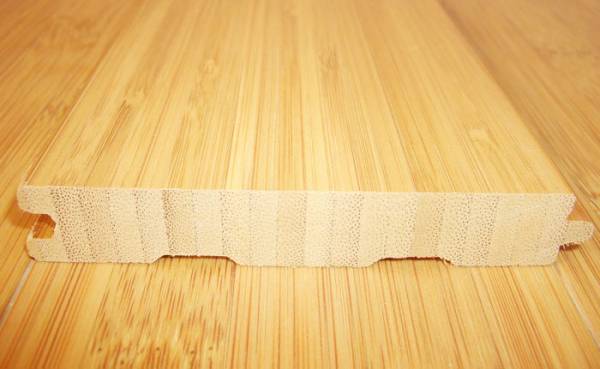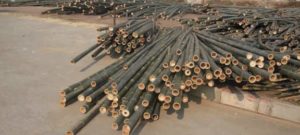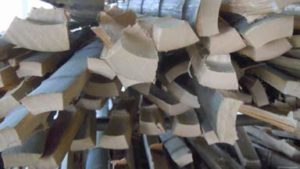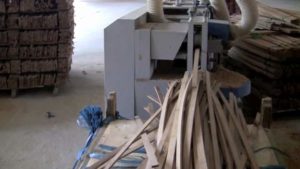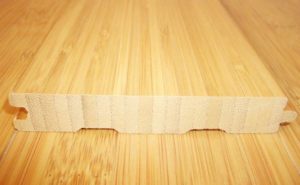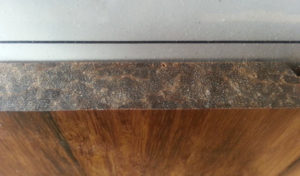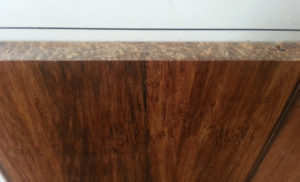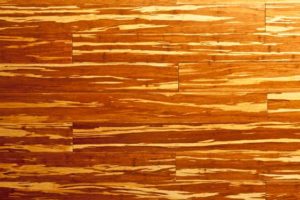Bamboo Flooring
Bamboo Flooring is considered as Eco-Friendly material because its growth rate can be up to 39 inches in 24 hours. That is very impressive and makes Bamboo stand out from other flooring species. Its durability is also impressive, natural Bamboo is as durable as White Oak. Let’s see all the advantages and disadvantages of this material in this article.
Bamboo Flooring material manufacturing process involves slicing of the Bamboo Shoots (by the way, Bamboo is grass!), sanding, laminating, another sanding and coating. Bamboo Floor is considered as engineered. Reason for that is that Bamboo is actually glued together. After the slicing, all the Bamboo Shoots come out pretty thin, so they have to be glued together in order to create wide and thick board.
After all the planks are sliced and sanded, manufacturer has two options of glue method for the planks: Horizontal or Vertical. This choice doesn’t make any difference to the material durability, but chances its look. If you will see the bamboo plank you will be able to tell where exactly they were glued together.
Carbonized Bamboo is basically the same material which was boiled. This process changes the color of Bamboo Material. Carbonization adds coffee color to the shoots and reduces material durability. Carbonized Bamboo can be as Horizontal as Vertical.
Another version of Bamboo Flooring is Strand Woven Bamboo.
This material is made out of leftovers from Regular Bamboo manufacturing process. All the short, narrow or damaged boards are mixed with sawdust, glued and compressed together. Heavy duty, somewhere around 12500 pound press creates light and very durable material which then finished and ready to be used. Strand woven bamboo is about 2.5 times harder than regular bamboo.
And since manufacturer can actually carbonize some of these leftovers, they basically mix them with natural color planks to create special pattern for of the product. It called Tiger Strand Bamboo Flooring.

